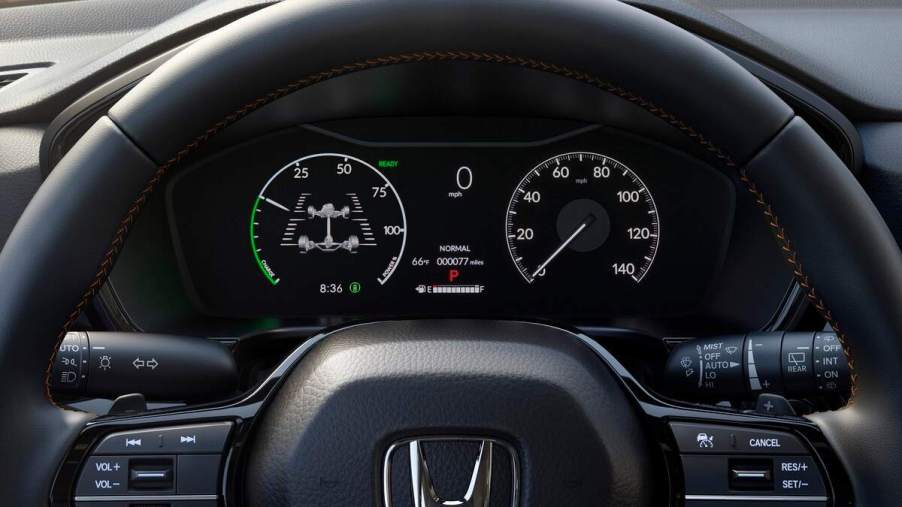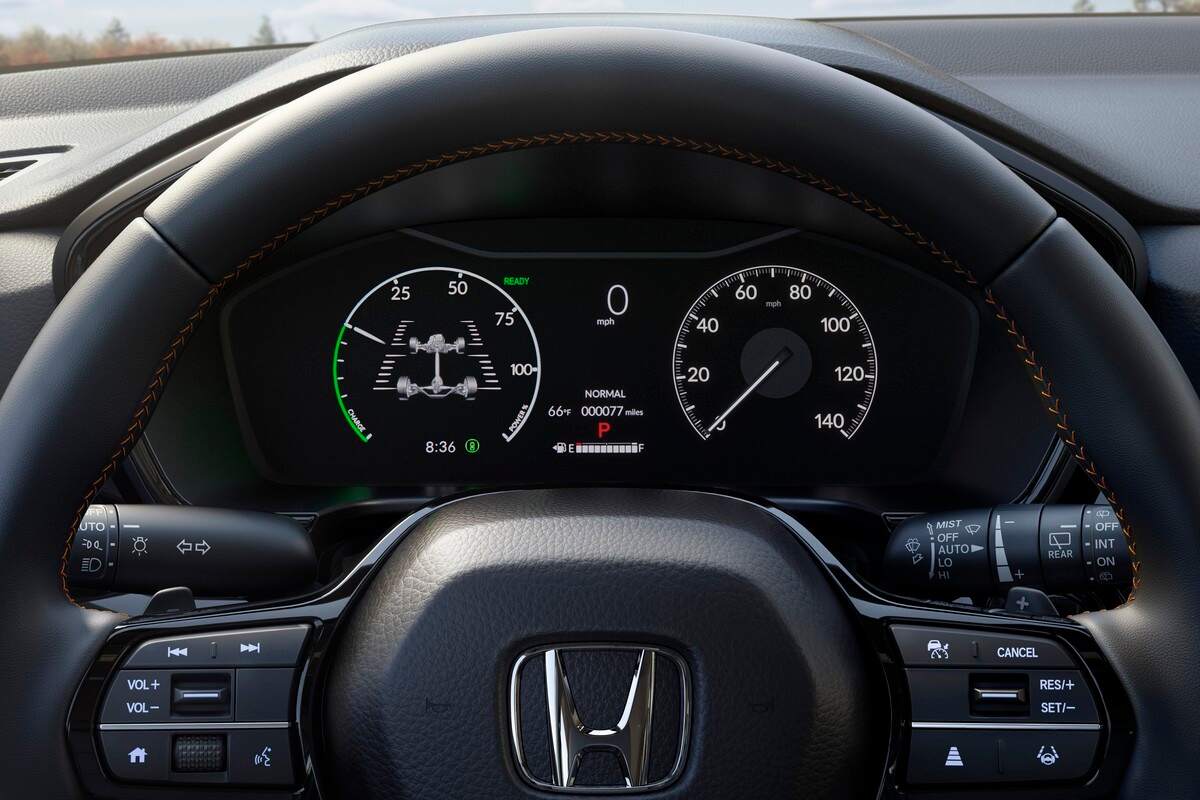
What Is the Honda Maintenance Minder System?
Your Honda’s longevity depends on how well you maintain it. However, one challenge is keeping up with scheduled maintenance visits per the manufacturer’s recommendations. That’s where Honda’s Maintenance Minder can help. The automaker has included this system in all U.S. vehicles since the 2007 model year. It alleviates the guesswork in vehicle maintenance and saves money on tune-ups and other services. Here’s an in-depth look at how Honda Maintenance Minder works.
What is Honda Maintenance Minder?

According to Honda, Maintenance Minder is an algorithm-based alert system that continually monitors the engine’s health and performance to indicate when maintenance is required so owners can address and prevent problems. At its basic level, the system monitors the engine oil life and lets the driver assess the quality and quantity of the oil with the touch of a button.
Maintenance Minder determines when an oil change or regular maintenance is required based on several factors, such as speed, engine temperature, time, ambient temperature, and vehicle use. When the engine oil is due for a change, the system will display that information on the dashboard instrumental panel as a percentage.
How does the system work?
Honda Maintenance Minder removes the need for a maintenance schedule in the owner’s manual. The engine oil life starts at 100% straight from the factory and deteriorates in quality and quantity over time. When it hits 0%, the system signals that the oil life is over. The vehicle will notify you when the next service is due with a warning light on the dashboard instrumentation panel. It will also help you determine the type of maintenance required using codes.
When the oil life percentage plummets from 100% to 15%, a yellow wrench icon and the maintenance code appear, alerting you of an upcoming servicing interval. Waiting until the oil life level reaches 0% means you’ll accumulate negative miles, and your Honda car’s servicing is overdue. It’s critical to schedule an oil change as soon as the wrench icon displays on the dash because running on negative puts your Honda vehicle at risk of damage.
Checking the oil progression is pretty straightforward. Simply press the Select or Reset button on the display to view the oil life. After that, turn off the engine. Next, turn to the odometer and press Select or Reset. Every time you start the car, a default engine percentage will pop up on the screen.
Honda Maintenance Minder codes and sub-codes
Maintenance Minder service codes aren’t as straightforward as oil change alerts. The main codes usually appear as letters, indicating a required action. Sub-codes are represented by numbers and indicate the components that require attention or maintenance.
The service codes are “A” and “B.” “A” means you need to change the engine oil and inspect various points of the engine. On the other hand, “B” indicates you should replace the engine oil and the oil filter. It also tells you the braking system and other vehicle systems require inspection. In addition, it might alert you to adjust the parking brake.
Sub-codes include numbers 1 through 7 and indicate the vehicle components and systems that require servicing. Sub-code 1 means the tires need rotating, while sub-code 2 suggests you inspect and potentially replace the air filter, drive belt, pollen filter, and/or dust filter. Sub-code 3 indicates you should replace the transmission fluid and/or transfer fluid.
Additionally, sub-code 4 shows potential problems with the spark plugs, timing belt, water pump, and valves. Therefore, you should check these components and potentially replace them. Sub-code 5 means you should replace the engine coolant, sub-code 6 involves the rear differential fluid, and sub-code 7 concerns the brake fluid.


